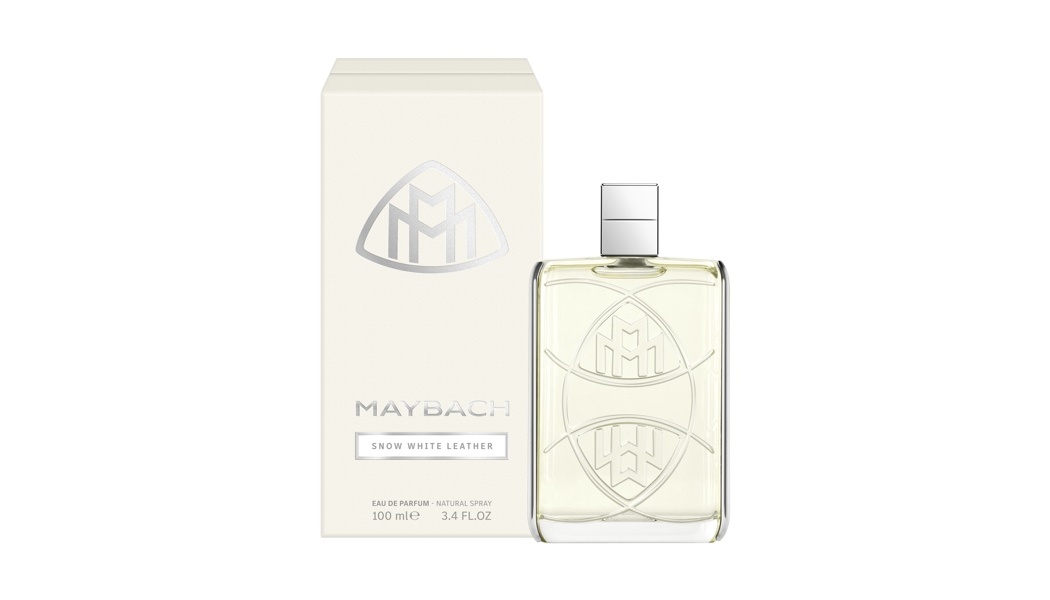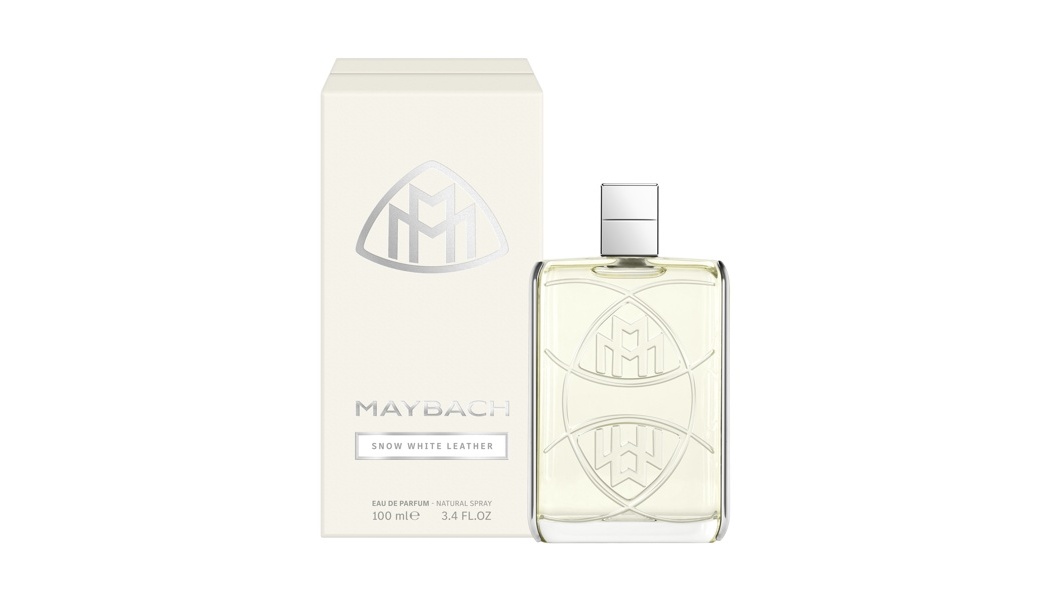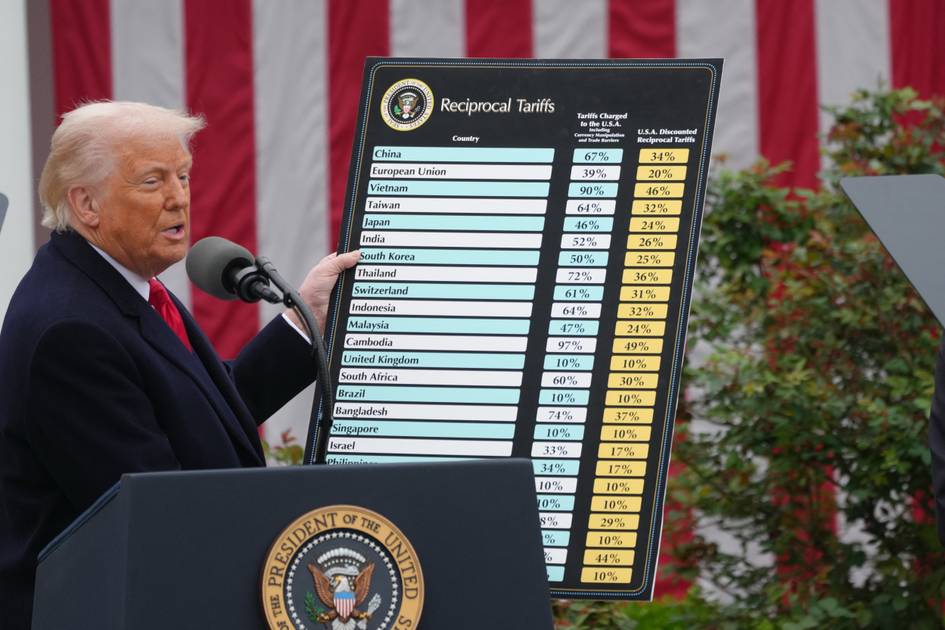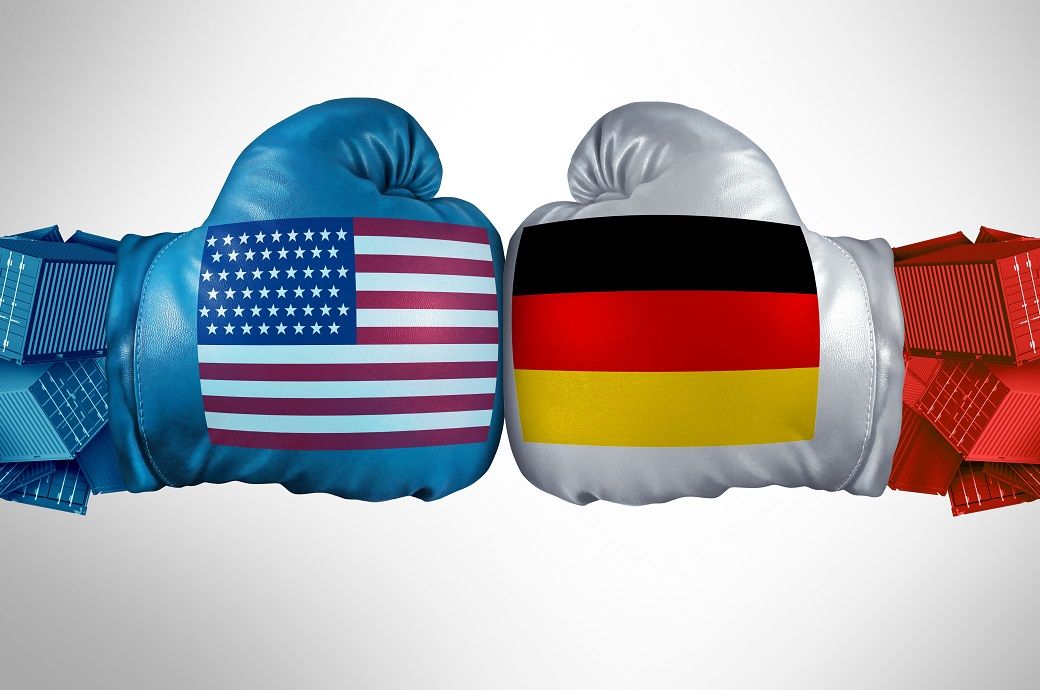Stimulus selection enhances value-modulated somatosensory processing in the superior colliculus
by Yun Wen Chu, Suma Chinta, Hayagreev V. S. Keri, Shreya Beri, Scott R. Pluta A fundamental trait of intelligent behavior is the ability to respond selectively to stimuli with higher value. Where along the neural hierarchy does somatosensory processing transition from a map of stimulus location to a map of stimulus value? To address this question, we recorded single-unit activity from populations of neurons in somatosensory cortex (S1) and midbrain superior colliculus (SC) in mice conditioned to respond to a positive-valued stimulus and withhold responses to an adjacent, negative-valued stimulus. The stimulus preference of the S1 population was equally weighted towards either stimulus, in line with a somatotopic map. Surprisingly, we discovered a large population of SC neurons that were disproportionately biased towards the positive stimulus. This disproportionate bias was largely driven by enhanced spike suppression for the negative stimulus. Removing the opportunity for mice to behaviorally select the positive stimulus reduced positive stimulus bias and spontaneous firing rates in SC but not S1, suggesting that neural selectivity was augmented by task readiness. Similarly, the spontaneous firing rates of SC but not S1 neurons predicted reaction times, suggesting that SC neurons played a persistent role in perceptual decision-making. Taken together, these data indicate that the somatotopic map in S1 is transformed into a value-based map in SC that encodes stimulus priority.
by Yun Wen Chu, Suma Chinta, Hayagreev V. S. Keri, Shreya Beri, Scott R. Pluta A fundamental trait of intelligent behavior is the ability to respond selectively to stimuli with higher value. Where along the neural hierarchy does somatosensory processing transition from a map of stimulus location to a map of stimulus value? To address this question, we recorded single-unit activity from populations of neurons in somatosensory cortex (S1) and midbrain superior colliculus (SC) in mice conditioned to respond to a positive-valued stimulus and withhold responses to an adjacent, negative-valued stimulus. The stimulus preference of the S1 population was equally weighted towards either stimulus, in line with a somatotopic map. Surprisingly, we discovered a large population of SC neurons that were disproportionately biased towards the positive stimulus. This disproportionate bias was largely driven by enhanced spike suppression for the negative stimulus. Removing the opportunity for mice to behaviorally select the positive stimulus reduced positive stimulus bias and spontaneous firing rates in SC but not S1, suggesting that neural selectivity was augmented by task readiness. Similarly, the spontaneous firing rates of SC but not S1 neurons predicted reaction times, suggesting that SC neurons played a persistent role in perceptual decision-making. Taken together, these data indicate that the somatotopic map in S1 is transformed into a value-based map in SC that encodes stimulus priority.










































































































































































.jpg)






